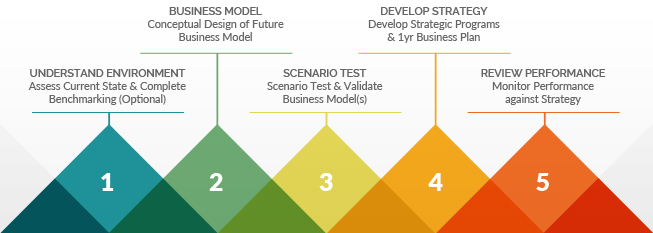 Where are we? Where should we be? How do we get there? Gaining a clear picture of the current state, the desired future state, the gap and the proposed transition approach is critical to strategic planning. Confronting the reality of a business and formulating an effective strategy that will allow an organization to excel sometimes requires the guidance of a neutral and unbiased observer.
Where are we? Where should we be? How do we get there? Gaining a clear picture of the current state, the desired future state, the gap and the proposed transition approach is critical to strategic planning. Confronting the reality of a business and formulating an effective strategy that will allow an organization to excel sometimes requires the guidance of a neutral and unbiased observer.
YAS helps clients to understand their current operating environment (both internal and external) and the desired future state, and implement a roadmap for successful change. By asking the hard questions, we draw out the key drivers, risks, issues and constraints that will help to inform strategic planning and transform your organization.


